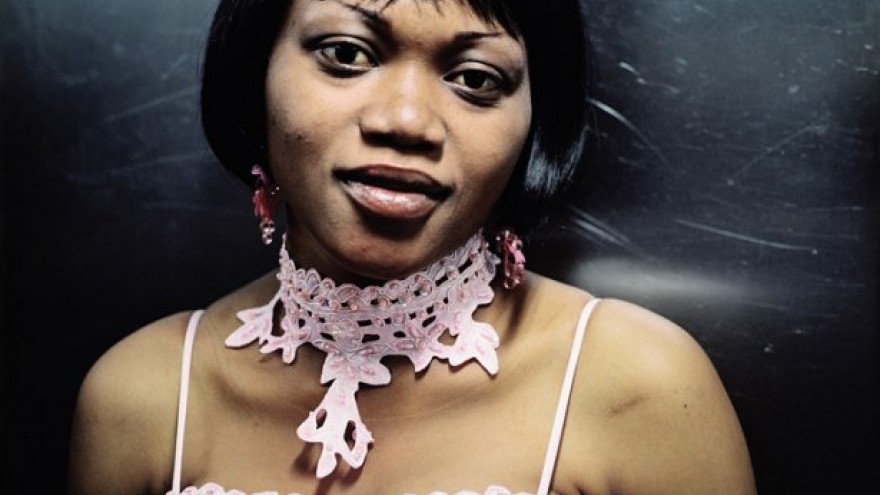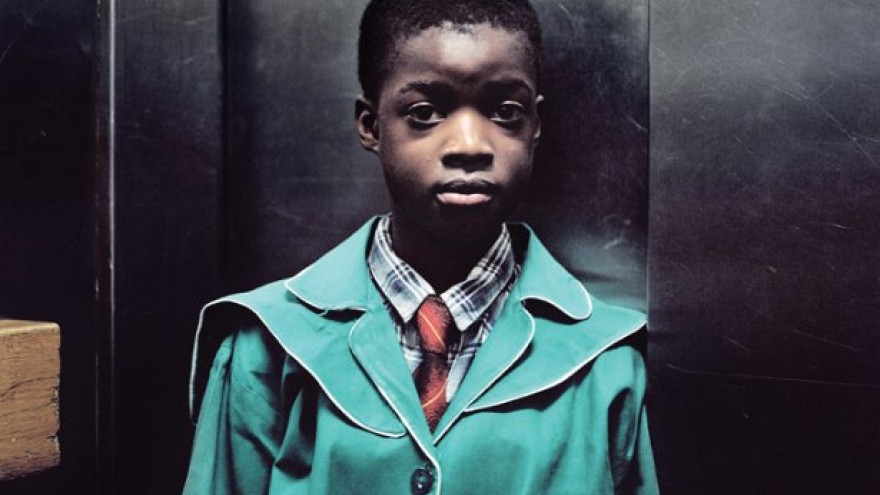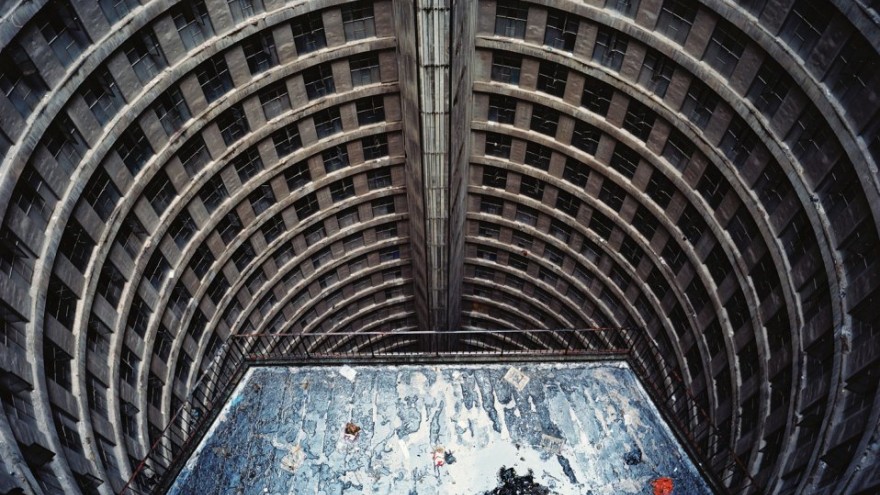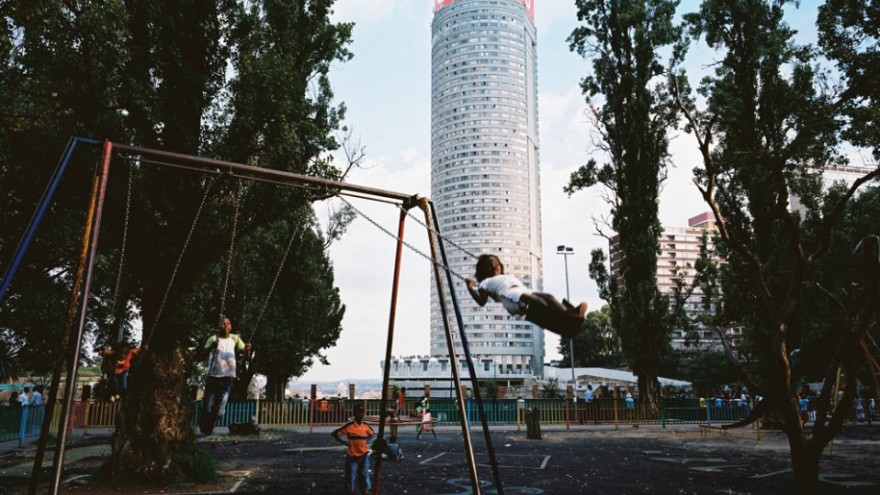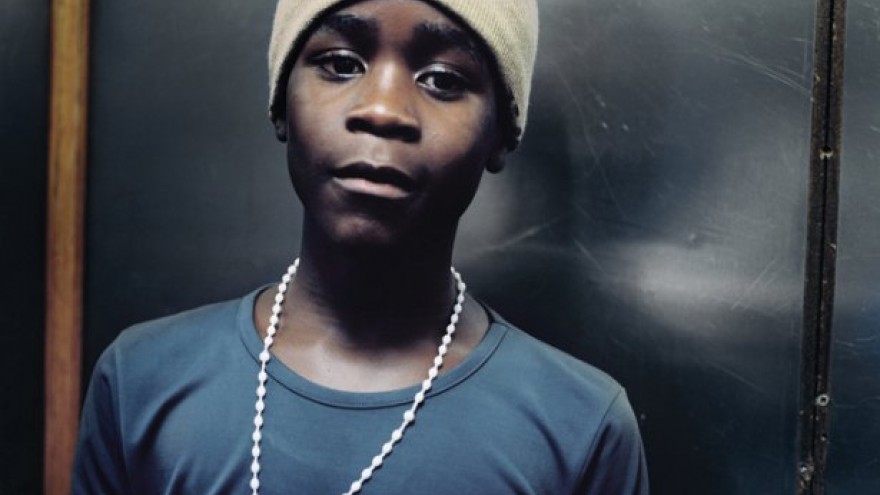First Published in
The 54-storey Ponte City building dominates Johannesburg’s skyline, with its huge blinking advertising crown visible from Soweto in the south to Sandton in the north. When it was built in 1976 – the year of the Soweto uprisings – the surrounding flatlands of Berea, Hillbrow and Yeoville were exclusively white and home to young middle-class couples, students and Jewish grandmothers. Ponte City was separated by apartheid urban planning from the unforgettable events of that year. But as the city changed in anticipation and response to the arrival of democracy in 1994, many residents joined the exodus towards the supposed safety of the northern suburbs, the vacated areas becoming associated with crime, urban decay and, most of all, the influx of foreign nationals from neighbouring African countries.
Ponte’s iconic structure soon became a symbol of the downturn in central Johannesburg. The reality of the building and its many fictions have always integrated seamlessly into a patchwork of myths and projections that reveal as much about the psyche of the city as they do about the building itself. Tales of brazen crack and prostitution rings operating from its car parks, four storeys of trash accumulating in its open core, snakes, ghosts and frequent suicides have all added to the building’s legend. Some of these stories are actually true and for quite some time most of the residents were indeed illegal immigrants. And yet, one is left with the feeling that even the building’s notoriety is somewhat exaggerated – that its decline is just as fictional as its initial utopian intentions were misplaced and unrealised.
In 2007 the building was bought by developers, but by late 2008 their ambitious attempt to refurbish and revitalise Ponte had failed spectacularly. They went bankrupt after promising to spend R300 million on their vision for the building. Their aim was to target a new generation of aspirant middle-class residents – young upwardly-mobile black professionals, business people from across the African continent, and all those seeking chic Manhattan-style inner-city living. The developer’s website still describes how “In every major city in the world, there is a building where most can only dream to live. These buildings are desirable because they are unique, luxurious, iconic. They require neither introduction nor explanation. The address says it all.”
The developers emptied half the building and stripped the apartments of everything, throwing all their rubble into the structure’s central core. They started to redesign the flats with a variety of exotic themes – “Future Slick”, “Old Money” and “Glam Rock” – but their financing required sales up front and these, it seems, failed to materialise in sufficient numbers for the construction costs and occupational rental to be maintained.
When we started our work there in 2008, the development was in full swing. The building felt like a shell, its bottom half completely empty, and the top half sparsely populated. Former residents moved out in a hurry to make way for the developers. Many of their apartments were then burgled and trashed. Months later, when the development had failed, we entered room after room where the floors were covered in piles of broken possessions, torn photographs and scattered paperwork. We would walk the corridors, through whole floors of empty flats, and then suddenly hear children shouting, the fizz and smell of frying fish, and then, briefly, voices and running water as we passed the bathroom and kitchen windows that face the passageways. But these spectres disappeared as quickly as they had come, leaving us to wander through wrecked apartments, corridors and dark stairwells. We met many of the remaining residents in the lifts where we asked to make portraits of those who were willing. When we brought copies back to their apartments, doors opened to all kinds of living arrangements – whole families in bachelor flats, empty carpeted rooms with nothing but a mattress and a giant television set, and penthouses divided up with sheets and appliances into four or five living spaces.
By the end of 2008, Ponte’s old owners had repossessed the building and started the mammoth task of cleaning it up and refitting the stripped apartments. Another cycle in the building’s life had begun before the last illusions of a grand future could be erased. The posters and graphics advertising ‘‘New Ponte” still hang in the hallway, passed daily by many residents who still think that this is what their building will become.
We started out working systematically, visiting each apartment to request a picture of the door and of the windows – we would eventually stitch these images into giant internal and external panoramas. As we proceeded with this task, we noticed that almost everybody was watching their television sets, seemingly ignoring the spectacular views that attracted us to their windows. So we joined them, and would spend hours in front of old Rambo movies, Congolese sitcoms, music videos and Nollywood dramas. All the stories from Ponte’s past were there before us – the druglords and the gangsters, the shootouts and the prostitutes, the ghosts and the voodoo magic. Not in the building itself, where young people and families went about their lives calmly, but on the hundreds of screens that were stacked above each other, flat by flat and floor by floor.
Ponte has always been a place of myth, illusion and aspiration. This is what we sought to evoke. Perhaps this task is best left to the images that we found there – both in the abandoned flats, and in the marketing material and advertising that we have collected from 1976 and 2008. When these documents are seen next to the dystopian appearance of the building and its surroundings, one begins to project an image of this city during this time. It is a place of dust and dreams, befitting the land on which it sits, which has attracted millions of migrants since gold was discovered in the 1880s. People are still drawn here from all over the continent in search of better lives for themselves and their families. But the gold, in all its incarnations, inevitably fulfils the dreams of so few. All around them, those who service this passion are scattered in a modern metropolis – pinning their dreams to the flashing signs that crest the city and some of its buildings.



